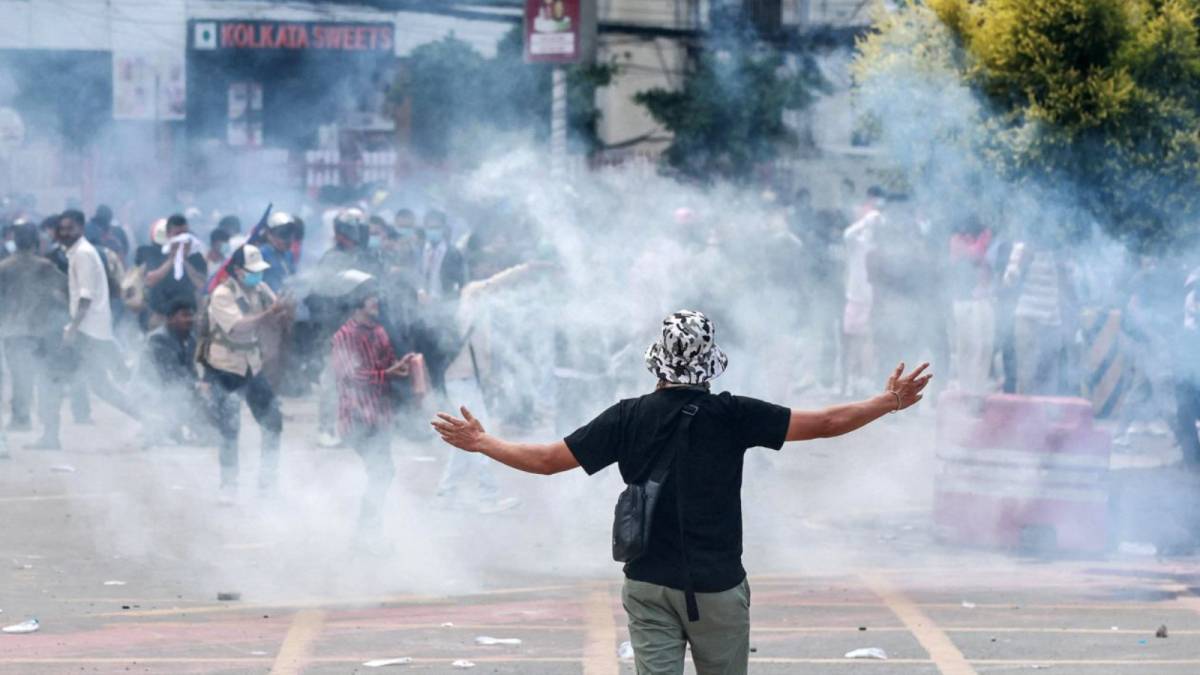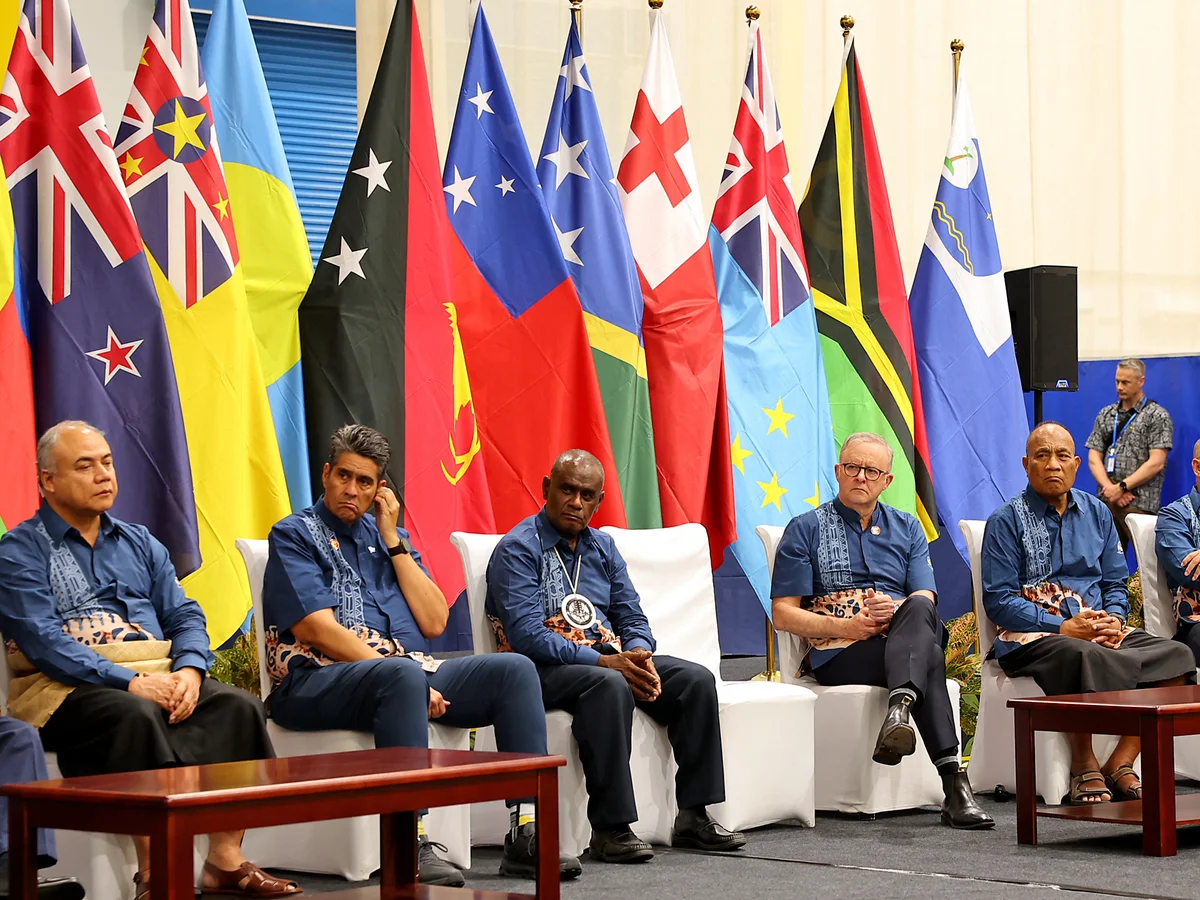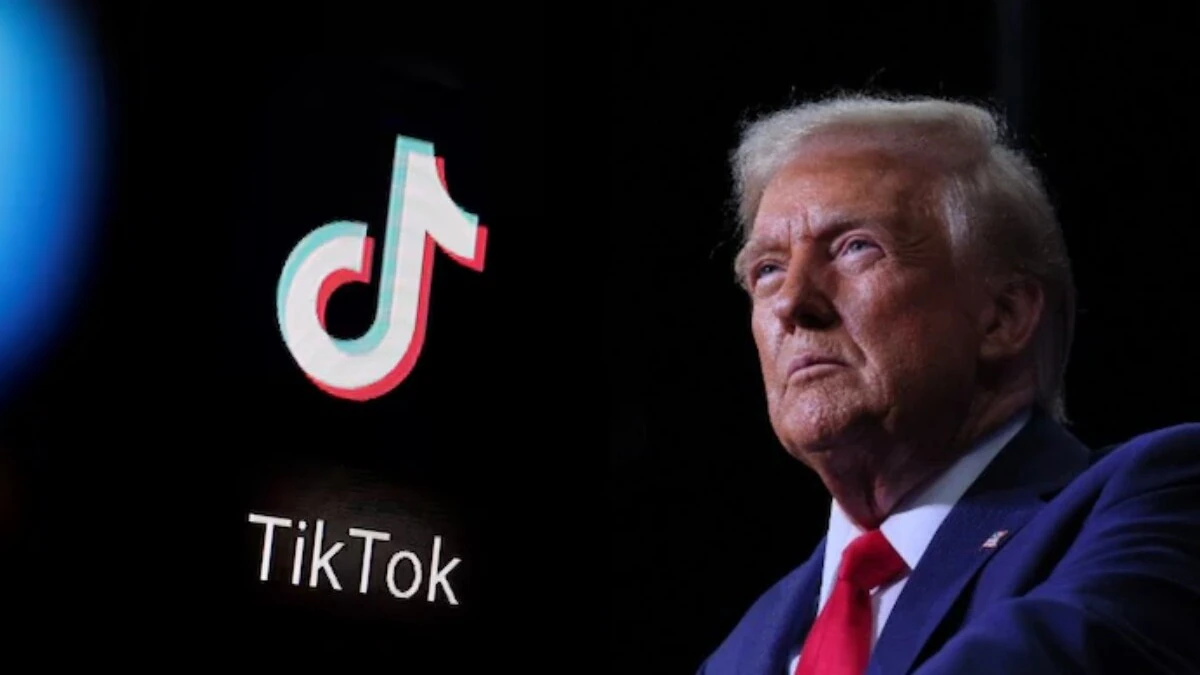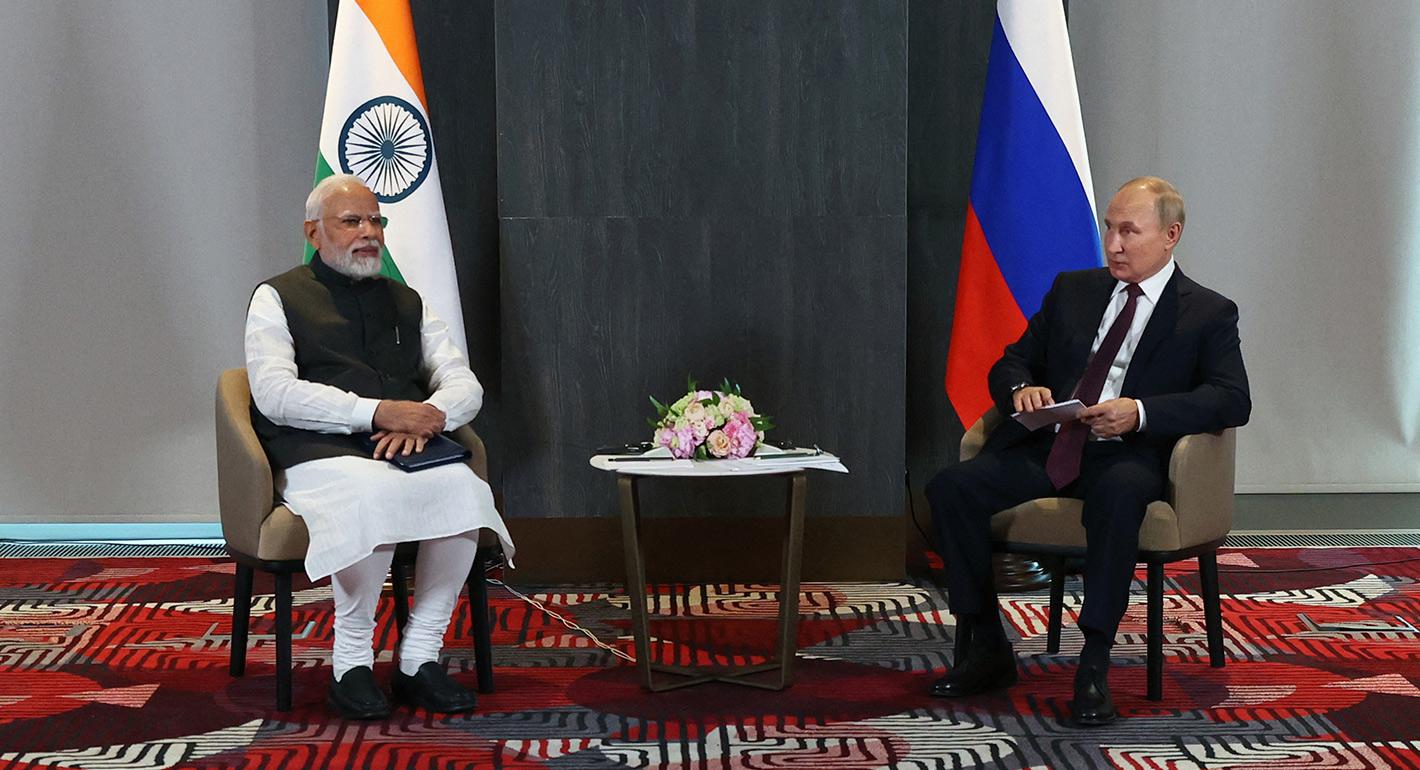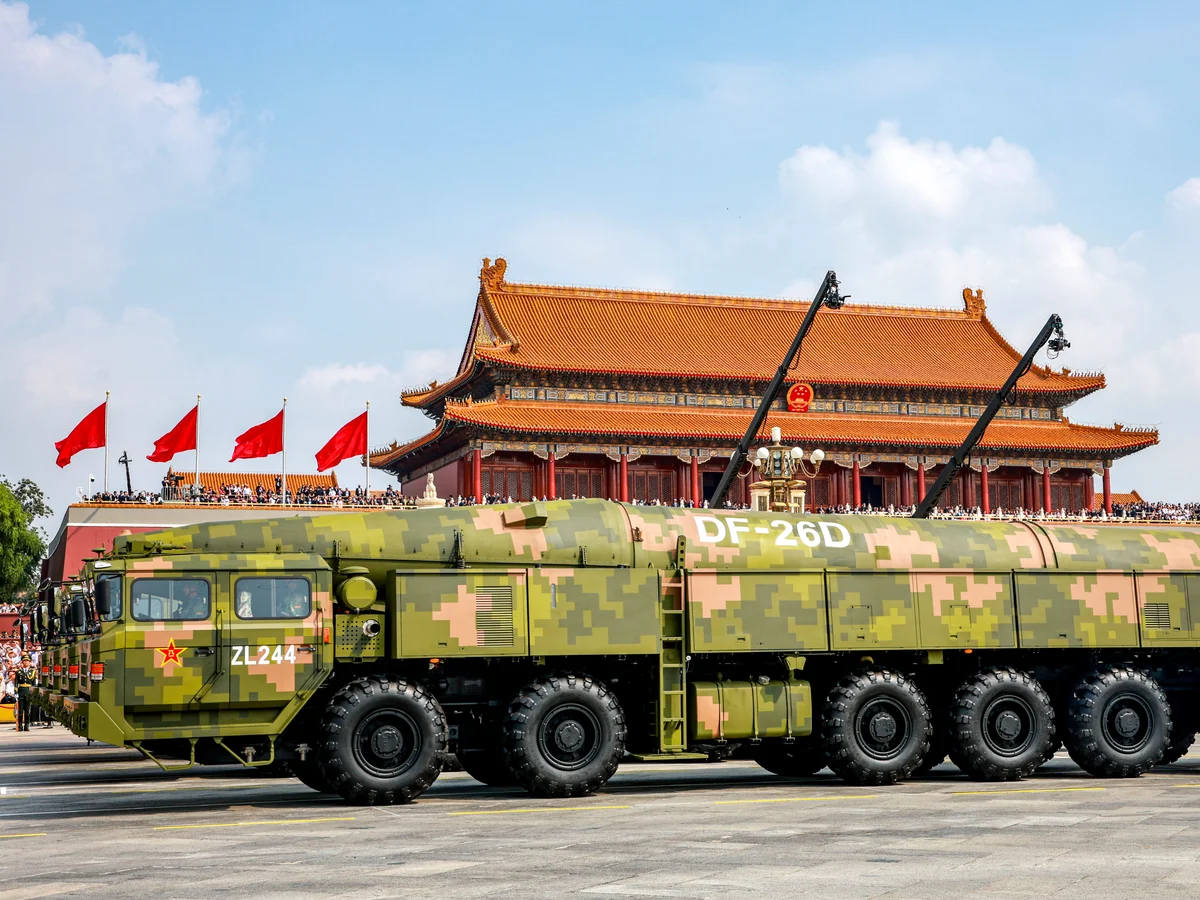A Wave of Change Sweeps South Asia
In 2025, South Asia is ablaze with youth-led revolutions, from Colombo’s sunlit streets to Kathmandu’s smoky protests. Young people, fueled by frustration over corruption, inequality, and stifled opportunities, have toppled entrenched elites in Sri Lanka, Bangladesh, and Nepal. These Gen Z-led movements, sparked by local grievances but united by shared anger, signal a seismic shift in the region’s political landscape.
The Roots of Rebellion
Sri Lanka’s Aragalaya: A Spark in 2022
In 2022, Sri Lanka’s economic collapse ignited the Aragalaya movement, a youth-driven uprising against President Gotabaya Rajapaksa. Soaring inflation and fuel shortages pushed millions to the brink, while the elite flaunted wealth. Protesters occupied Colombo’s Galle Face Green, forcing Rajapaksa to flee and resign.
Bangladesh’s Student Revolt in 2024
In July 2024, Bangladesh’s students took to Dhaka’s streets over a civil service quota favoring war veterans’ descendants, seen as nepotism by Sheikh Hasina’s government. The protests swelled into a broader anti-elite rebellion, ousting Hasina after 15 years in power. Social media amplified their call for change.
Nepal’s Gen Z Uprising in 2025
In September 2025, Nepal’s youth, enraged by a social media ban and rampant corruption, stormed Kathmandu’s parliament. The “Gen Z protests” toppled Prime Minister KP Sharma Oli, with Sushila Karki, a former chief justice, stepping in as interim leader. The unrest left 34 dead and a nation transformed.
Why Youth Are Rising Up
Economic Frustration Fuels Anger
South Asia’s youth face a grim reality: 40% of the population is under 18, yet opportunities are scarce. Nepal’s youth unemployment hit 20.8% in 2024, while Sri Lanka’s economic crisis left families struggling. Low wages and elite extravagance, like ministers’ kids flaunting luxury cars, stoke resentment.
Corruption and Nepotism Break Trust
From Colombo to Kathmandu, political elites are seen as corrupt and out of touch. Nepal’s Airbus A330 scandal, where jets were bought at inflated prices, epitomizes systemic graft. In Bangladesh, quotas favored connected families, while Sri Lanka’s Rajapaksa dynasty hoarded power for decades.
Social Media as a Catalyst
Digital platforms like TikTok and WhatsApp have empowered South Asia’s youth. Nepal’s “Nepo Kids” campaign exposed politicians’ lavish lifestyles, while Sri Lanka’s protesters used Instagram to organize. Even Nepal’s social media ban backfired, with VPNs enabling youth to rally online.
The Tactics of Revolution
Peaceful Beginnings, Violent Turns
These movements often start peacefully but escalate under state crackdowns. In Nepal, police used live ammunition, killing 19 on September 8, 2025. Sri Lanka’s protesters faced tear gas, while Bangladesh’s uprising saw over 200 deaths. Heavy-handed responses only fueled greater defiance.
Occupying Symbolic Spaces
Protesters target seats of power to send a message. Sri Lanka’s youth took over the presidential palace, Bangladesh’s students stormed parliament, and Nepal’s Gen Z set Singha Durbar ablaze. These acts symbolize a rejection of elite control and a demand for accountability.
Leaderless but Organized
South Asia’s youth movements lack formal leaders, relying on decentralized networks. Nepal’s Hami Nepal and Bangladesh’s student collectives used Discord and WhatsApp to mobilize. This fluidity makes them hard to suppress but challenges long-term governance, as seen in post-protest instability.
Comparing the Movements
| Aspect | Sri Lanka (2022) | Bangladesh (2024) | Nepal (2025) |
|---|---|---|---|
| Trigger | Economic crisis, inflation | Civil service quota nepotism | Social media ban, corruption |
| Leader Ousted | Gotabaya Rajapaksa | Sheikh Hasina | KP Sharma Oli |
| Death Toll | Minimal, but violent clashes | Over 200 | 34 |
| Outcome | New leadership, partial stability | Interim government, ongoing unrest | Interim PM Sushila Karki, elections planned |
| Youth Role | Occupied Galle Face Green | Stormed parliament | Torched Singha Durbar |
| Social Media Use | Instagram, Twitter for organizing | TikTok, WhatsApp for mobilization | VPNs to bypass bans, Discord for planning |
This table shows shared themes—youth frustration, elite corruption, and digital activism—while highlighting unique triggers and outcomes across the three nations.
Pros and Cons of Youth-Led Revolutions
Pros:
- Accountability: Expose and challenge corrupt elites, forcing resignations.
- Empowerment: Give youth a voice in nations where they’re often sidelined.
- Innovation: Use social media and tech to organize effectively.
- Regional Inspiration: Spark similar movements across South Asia.
Cons:
- Violence and Loss: Heavy crackdowns lead to deaths and injuries.
- Instability: Toppling governments can create power vacuums, as in Bangladesh.
- Lack of Experience: Leaderless movements struggle to govern post-protest.
- Economic Damage: Arson and unrest, like Nepal’s $275 million in losses, hurt recovery.
A Personal Reflection on the Uprisings
A Glimpse into the Anger
I’ll never forget a conversation with a Nepali friend studying abroad, who shared screenshots of “Nepo Kids” posts showing ministers’ kids posing with Rolexes while most Nepalis earn $1,400 a year. “It’s not just the money,” he said, voice cracking. “It’s the betrayal.” That raw anger drives these movements, and it’s hard not to feel their urgency.
The Cost of Courage
Reading about Nepal’s protests, I thought of Saraswati Mahara, whose son Nishesh was shot while protesting. She told ABC News, “We should fight against injustice. If we don’t raise our voice, who will?” Her pride in her son’s bravery, despite his shattered arm, captures the bittersweet heart of these uprisings.
The Regional Ripple Effect
Lessons from Colombo to Kathmandu
South Asia’s youth movements are interconnected, with each inspiring the next. Nepal’s protesters drew from Bangladesh’s 2024 revolt and Sri Lanka’s 2022 uprising, sharing tactics via social media. Images of Hasina fleeing Dhaka fueled Nepal’s chant, “This could be us.” The region’s youth are learning from each other’s victories and losses.
Challenges for New Governments
Post-protest governance is tricky. Sri Lanka stabilized under new leadership, but Bangladesh struggles with unrest. Nepal’s Sushila Karki, a respected anti-corruption figure, faces constitutional hurdles and a divided nation. Youth must now translate street power into lasting reforms, a daunting task.
South Asia’s Geopolitical Stakes
Nepal’s crisis affects India and China, who vie for influence in the region. Bangladesh’s upheaval has raised concerns in Dhaka about similar instability. As Paul Staniland, a University of Chicago professor, notes, “Nepal represents the new politics of instability in South Asia.” These revolts could reshape regional power dynamics.
People Also Ask (PAA)
What sparked the youth protests in Nepal in 2025?
A government ban on 26 social media platforms on September 4, 2025, triggered Nepal’s protests, seen as an attack on free speech. Deep-seated anger over corruption and nepotism, highlighted by the “Nepo Kids” campaign, fueled the Gen Z-led uprising.
How did Sri Lanka’s 2022 protests start?
Sri Lanka’s Aragalaya movement began in 2022 amid an economic crisis, with soaring inflation and fuel shortages. Youth occupied Galle Face Green, demanding President Gotabaya Rajapaksa’s resignation for mismanagement and elite corruption.
Why are South Asia’s youth so frustrated?
Youth face high unemployment (20.8% in Nepal), low wages ($1,400/year in Nepal), and rampant corruption. Political elites’ lavish lifestyles, flaunted online, contrast starkly with widespread poverty, alienating Gen Z.
Where can I learn more about these protests?
Check The Guardian for Nepal and Sri Lanka coverage, Al Jazeera for Bangladesh updates, or BBC for real-time reports. Local voices on X also share raw perspectives.
FAQ Section
What are the main causes of youth protests in South Asia?
Economic hardship, corruption, and nepotism drive these protests. Youth unemployment, low wages, and elite privilege, like Nepal’s Airbus scandal, fuel anger, amplified by social media exposing inequality.
Who led the Nepal protests in 2025?
The protests were leaderless, organized by Gen Z collectives like Hami Nepal via Discord and WhatsApp. No single figure led, but Sushila Karki emerged as interim PM after Oli’s resignation.
How can I support anti-corruption efforts in South Asia?
Donate to groups like Transparency International or advocate for governance reforms. Follow local NGOs like Hami Nepal (HamiNepal.org) to amplify youth voices.
Are these protests similar to the Arab Spring?
Yes, both involve youth challenging corrupt elites, but South Asia’s revolts are shaped by local issues like Nepal’s social media ban. Unlike the Arab Spring, these movements use digital tools extensively.
What tools track South Asia’s political unrest?
News sites like CNN and AsiaPacific.ca offer updates. Social media platforms like X provide real-time protester insights, while World Bank data contextualizes economic issues.
Looking Ahead: A New South Asia?
From Colombo to Kathmandu, South Asia’s youth are rewriting the rules. Their courage, fueled by digital savvy and raw frustration, has toppled giants like Rajapaksa, Hasina, and Oli. But the path forward is fraught—violence, economic damage, and inexperience threaten stability. As Nepal’s Sushila Karki steers her nation toward elections, and Bangladesh and Sri Lanka navigate their own transitions, one thing is clear: Gen Z isn’t just protesting; they’re demanding a future where fairness, not corruption, reigns. Support their fight by staying informed and amplifying their voices—because this is their revolution, and it’s just beginning.
